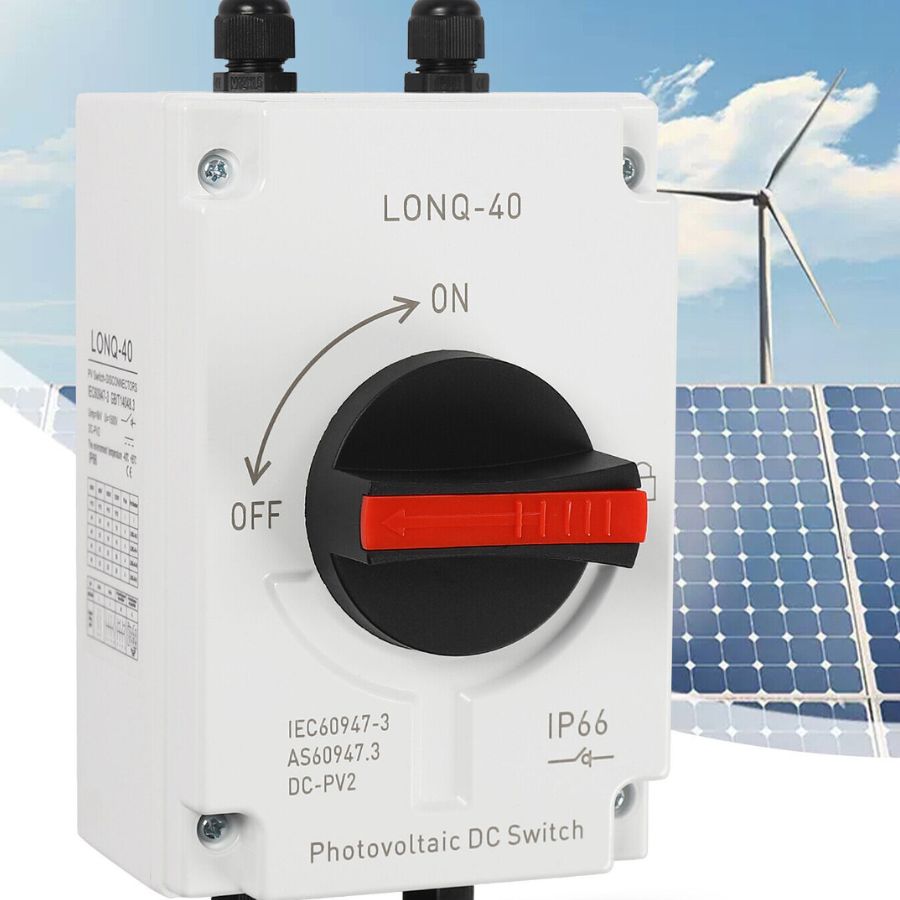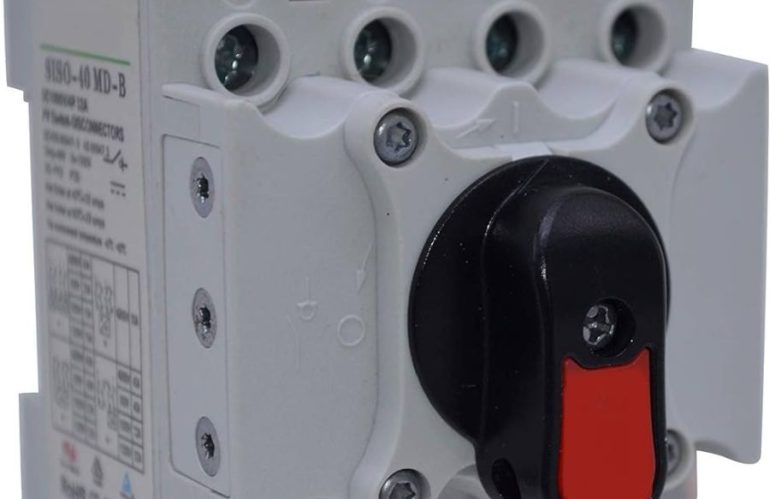Solar-powered devices have gained remarkable popularity in an era of heightened environmental awareness. Among these, solar lights are an eco-friendly and budget-conscious means to illuminate outdoor areas, liberating us from conventional energy dependencies. Notably, many solar lights come equipped with an on/off switch, a simple feature with multifaceted significance. Beyond managing the light’s functionality, this switch plays a pivotal role in charging.
This article delves into the nuances of optimally charging solar lights with an on/off switch. It also sheds light on essential practices that harmonize the benefits of solar technology with practicality and efficiency.
Understanding Solar Lights with On/Off Switch
Solar lights with on/off switches offer users the ability to manually manage their illumination. In addition, it is a feature helpful in conserving battery power and dictating lighting schedules. This innovation also underscores the adaptability of solar-powered lights. It’s imperative to grasp the process of appropriately charging these lights in tandem with their on/off switch to ensure optimal functionality.
By positioning the solar panel-equipped lights in direct sunlight, engaging the solar light switch to the “Off” position during charging, and activating the switch post-charging, you can harness the full potential of solar technology. This knowledge guarantees efficient operation, prolongs battery life, and contributes to eco-friendly lighting solutions.
Charging Solar Lights with the On/Off Switch

Step 1 – Placing the Solar Lights
When aiming to charge solar lights with an on/off switch, the initial crucial step is to position them optimally for sunlight exposure. The U.S. Department of Energy (DOE) emphasizes that for effective charging, solar panels in solar-powered lights need direct sunlight most of the day.
To achieve this, select an area that receives abundant sunlight, devoid of obstruction from trees, buildings, or other structures. For utmost efficiency, follow the DOE’s recommendation to orient solar panels southward in the Northern Hemisphere or northward in the Southern Hemisphere. Again, not all solar lights can turn sunlight into energy efficiently, so strategic placement is especially pivotal for solar string lights and other variants with an on/off switch.
Step 2 – Activating the On/Off Switch
Before exposing solar garden lights, solar security lights, or any solar-powered LED light to sunlight, it’s imperative to set the on/off switch to the “Off” position. This strategic move prevents the solar battery from expending its energy during charging.
If left in the “On” position, the light sensor may trigger the LED light to illuminate, which consumes battery power and disrupts the charging cycle. Keeping the switch off during solar battery recharge ensures an efficient and uninterrupted energy absorption process. This proactive approach also conserves energy and prolongs the lifespan of your solar lights, allowing them to function optimally when needed.
Step 3 – Allowing for Full Charge
The charging time for solar lights varies depending on factors such as sunlight intensity, battery capacity, and the efficiency of the solar panel. According to the National Renewable Energy Laboratory (NREL), most solar lights require 6 to 8 hours of direct sunlight exposure for a full charge.
To maximize the charging efficiency, leave the solar lights in a sunny location for the recommended duration. It’s worth noting that insufficient charging may lead to reduced lighting duration at night.
Step 4 – Switching On the Lights
After allowing your solar lights to charge for the prescribed duration, it’s time to engage the on/off switch to the “On” position. With this crucial step, your solar lights are primed to transform stored solar energy into illuminating brilliance. Once the switch on solar lights is activated, the light sensors within these devices come into play.
As dusk descends, the light sensor detects diminishing natural light and prompts the solar lights to turn on automatically. This seamless transition from daytime charging to evening illumination ensures your outdoor space is bathed in gentle, energy-efficient light. It’s noteworthy that by placing the switch on solar lights, the interplay between the on/off switch and the light sensors harmonizes. Equally important, it presents an uncomplicated yet ingenious mechanism for enhancing your outdoor ambiance while harnessing the sun’s power.
Tips for Optimal Charging
Clean Solar Panels Regularly
The efficiency of a solar light depends on clean solar panels. Dust, dirt, and debris accumulation can hinder sunlight absorption, affecting the performance of your solar light. In addition, the DOE recommends a simple solution to maintain optimal efficiency: regular cleaning with a damp cloth.
By gently wiping down the solar panels, you ensure they remain unobstructed and fully capable of capturing sunlight. This upkeep not only guarantees maximum sunlight absorption but also prolongs the lifespan of your solar lights. As solar lights turn sunlight into energy, ensuring the panels are clean and clear is a small yet impactful step to guarantee consistent and reliable performance. It also contributes to an eco-friendly lighting solution and a well-illuminated outdoor space.
Choose the Right Location
When positioning your solar light, meticulous consideration is essential to ensure its optimal performance. As previously mentioned, the solar panel and the switch on solar lights play a pivotal role in their functionality. Hence, the placement should prioritize unobstructed exposure to sunlight. Mindful placement involves steering clear of potential shading cast by nearby structures or dense foliage. Even a momentary shadow can significantly diminish the solar panel’s ability to absorb sunlight and hamper the charging process.
By thoughtfully selecting a location free from potential obstructions, you facilitate the efficient conversion of sunlight into energy, ensuring your solar lights operate optimally. This strategic approach not only empowers your outdoor space with eco-friendly lighting but also underscores the symbiotic relationship between proper placement, unhindered solar panel function, and the successful operation of your switch on solar lights.
Check the Battery
In the lifecycle of solar light, the battery’s condition can influence its performance. As a solar light relies on the stored energy within the battery to illuminate, a degraded battery can lead to diminished lighting duration. If you observe a substantial reduction in the time your solar light remains illuminated after switching on solar lights, it’s an indicator that the battery might be deteriorating. To ensure consistent and reliable performance, periodically inspect the battery’s status.
Manufacturers often provide guidelines for battery replacement, which you should adhere to for optimal results. As solar lights contribute to energy-efficient outdoor lighting, maintaining their battery health is integral to their sustained effectiveness. By addressing battery concerns promptly and following manufacturer recommendations, you can uphold the efficiency and longevity of your solar lights, enhancing their overall value and functionality.
Winter Charging
As the winter months bring reduced daylight hours in certain regions, effectively charging solar lights can become a challenge. In this scenario, it’s crucial to adopt strategies to optimize their performance even in these conditions. The U.S. Department of Energy (DOE) offers valuable advice: identify the sunniest spot available during the shorter winter days and position your solar lights there. This strategic placement maximizes the available sunlight, ensuring your lights receive as much energy as possible.
Furthermore, the DOE suggests considering indoor storage for your solar lights when prolonged overcast skies persist. By temporarily placing your solar lights indoors, you prevent them from undergoing extended periods of insufficient charging. This practice also preserves their battery health. Again, it ensures that when you eventually deploy them outdoors they’ll have sufficient energy to illuminate your space effectively during the darker hours.
The winter charging challenge underscores the adaptability of solar lights. You can be proactive about their placement and consider indoor storage when necessary. It helps you benefit from eco-friendly lighting solutions even in adverse weather conditions.
Conclusion
Solar lights with on/off switches offer convenience and energy efficiency for outdoor lighting needs. By following the steps outlined in this guide, you can ensure that your solar lights charge effectively. You can also make the most of their on/off switch feature. Remember that proper positioning, regular maintenance, and adherence to charging guidelines help optimize the performance and longevity of your solar lights. You light up your surroundings and contribute to a greener and sustainable future by harnessing the sun’s power.

